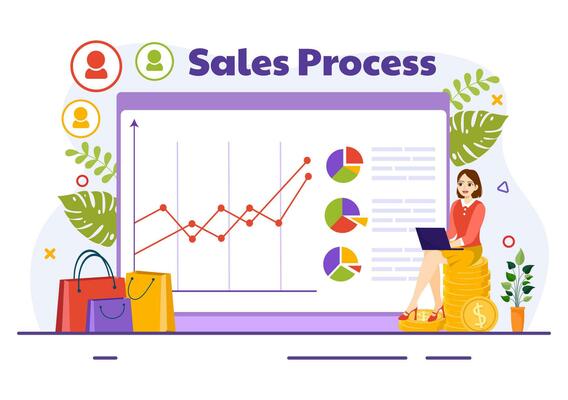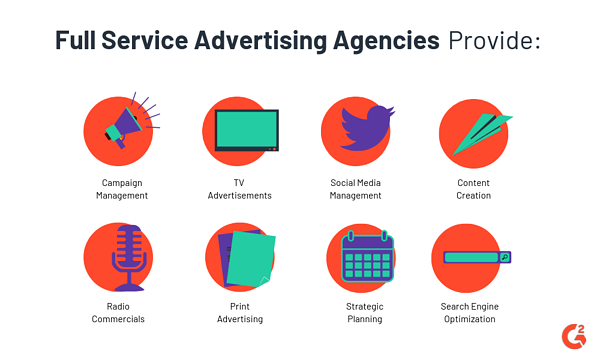What are 7 steps of sales strategy?
4 min read
Crafting a Successful Sales Strategy: 7 Steps to Drive Business Growth
In the competitive landscape of today’s business world, a well-defined sales strategy is not just advantageous—it’s essential for achieving sustainable growth and maintaining a competitive edge. At MyHoardings, we understand the importance of a strategic approach to sales that aligns with your business goals and maximizes revenue potential. Let’s explore the seven key steps to crafting a successful sales strategy that can propel your business forward:

1. Set Clear Objectives
The foundation of any effective sales strategy begins with setting clear and measurable objectives. These objectives should be aligned with your overall business goals and provide a roadmap for your sales team to follow. Whether it’s increasing sales revenue by a certain percentage, acquiring a specific number of new customers, or penetrating new market segments, clarity in objectives ensures focus and direction.
2. Identify Your Target Audience
Understanding your target audience is paramount to tailoring your sales efforts effectively. Conduct comprehensive market research to identify your ideal customer profile (ICP). This involves analyzing demographics, psychographics, buying behaviors, and pain points. By gaining insights into who your potential customers are and what motivates their purchasing decisions, you can tailor your messaging and approach to resonate with their needs and desires.
3. Develop a Compelling Value Proposition
A compelling value proposition is what sets your product or service apart from competitors in the eyes of your target audience. It should clearly communicate the unique benefits and value that customers will experience by choosing your offering over alternatives. Your value proposition should address how your product or service solves specific problems, improves outcomes, or enhances experiences for your customers.
4. Create a Structured Sales Process
Establishing a structured sales process ensures consistency and efficiency in converting leads into customers. Outline the stages that prospects will move through, from initial contact to closing the sale and beyond. Define clear actions, responsibilities, and criteria for progressing leads from one stage to the next. A well-defined sales process helps streamline operations, reduces ambiguity, and empowers your sales team to perform effectively.
5. Allocate Resources Effectively
Allocate resources such as budget, personnel, technology, and tools to support your sales strategy. Invest in training and development for your sales team to enhance their skills and knowledge. Utilize sales enablement tools and CRM systems to streamline processes, track performance metrics, and gain insights into customer interactions. Effective resource allocation ensures that your sales efforts are well-supported and optimized for success.
6. Implement Sales Tactics
Deploy targeted sales tactics to reach and engage your target audience. This may include a combination of outbound strategies such as direct sales calls, email marketing campaigns, social media outreach, and networking events. Tailor your tactics based on the preferences and behaviors of your target audience identified during your market research. Personalize your approach to nurture leads, address objections, and build relationships that drive conversions.
7. Monitor, Evaluate, and Adapt
Continuously monitor and evaluate the effectiveness of your sales strategy through key performance indicators (KPIs) such as conversion rates, sales pipeline velocity, customer acquisition costs, and customer lifetime value. Analyze data and gather feedback from your sales team to identify strengths, weaknesses, and opportunities for improvement. Adapt your strategy as needed to capitalize on successes and address challenges in real-time.
Conclusion
Crafting a successful sales strategy requires careful planning, execution, and continuous refinement. By following these seven essential steps—setting clear objectives, understanding your audience, developing a compelling value proposition, creating a structured sales process, allocating resources effectively, implementing targeted tactics, and monitoring performance—you can build a robust framework for driving business growth and achieving long-term success.

At MyHoardings, we are committed to helping businesses unlock their sales potential through strategic marketing and advertising solutions. Contact us today to discover how our expertise can support your sales objectives and propel your business to new heights of profitability and market leadership. Together, let’s navigate the path to sales excellence and sustainable growth.
7 steps of sales strategy
|















